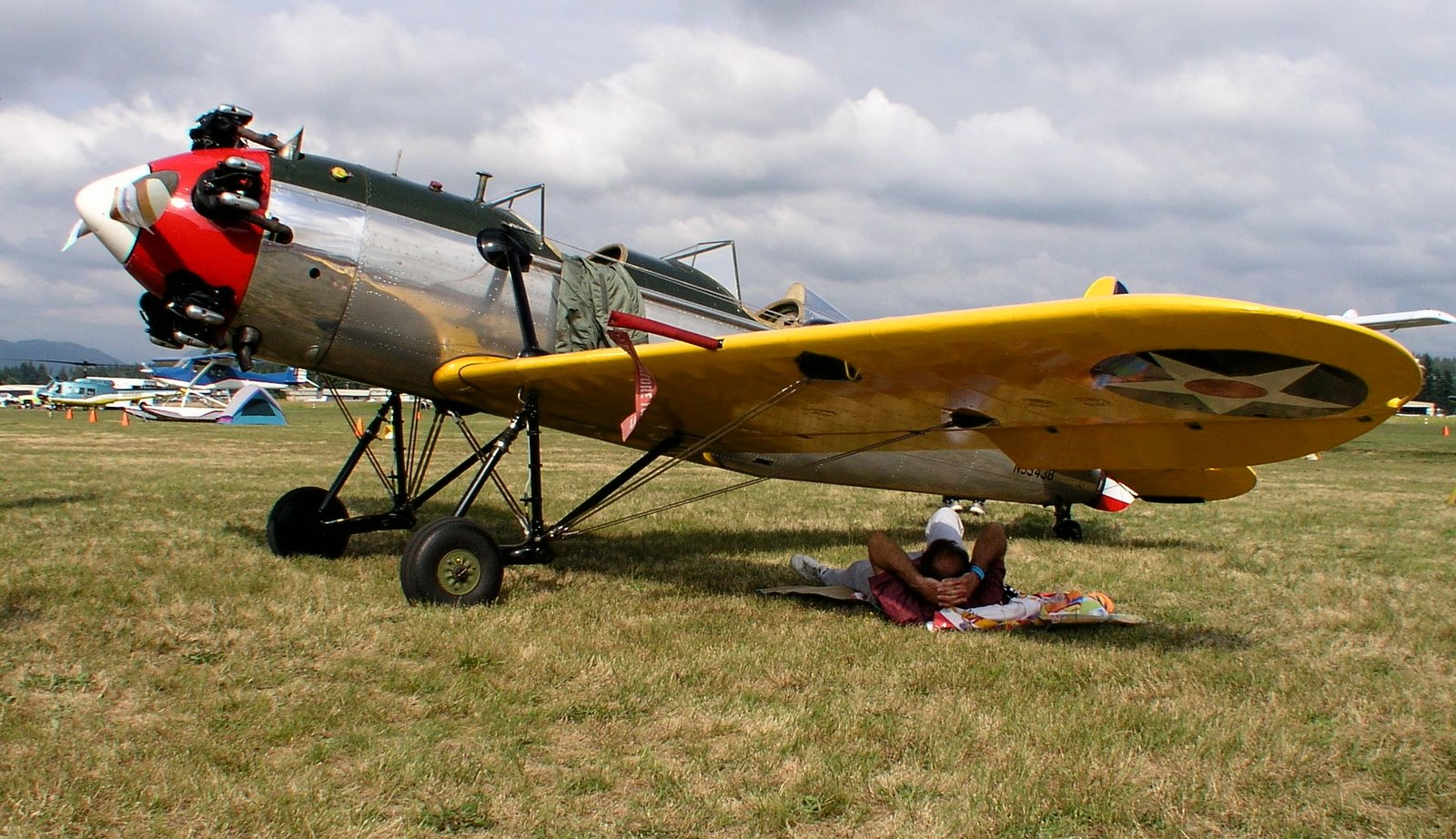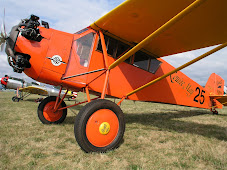Recently there has been much discussion in the aviation press about service problems with the contractor that took over the operation of the Flight Service Stations. I agree with the press, as the service is slower and may not be up to the quality we have seen over the 75 years that FSS's have been around. But wait there's more! At the same time the FAA wants to pull the contract from the two private firms (DUAT & DUATS) that have been performing good service for pilots especially with the advent of PC's for those that can brief and file on line or via a flight planning program.
I don't believe for a moment the problems are the fault of the employees of Lockheed Martin, DUAT, or DUATS; the times I've worked with them over the telephone or on a PC they've gone out of their way to do a good job. It is because of a "modern" business management technique named “Less Is More”. The technique itself is a fallacy and the lemming like drive to structure it within our flight planning is why we are being short changed.
I first became aware of the Flight Service Station when it was still under the Civil Aeronautics Administration when I started flying in 1956. It was next door to the FBO at Walla Walla and it was a wondrous place full of teletypes that were constantly clacking, radio speakers alive with chatter from passing aircraft, and at least one or more staff personnel that were busy talking with airplanes, briefing pilots, filing flight plans, taking weather observations, giving DF steers, posting the print outs from the teletypes and fax machines, and the many other jobs they were to perform. The door was always open to this teenager and the guys that worked there became like "wise uncles" that would dispense their wisdom about the weather through out the Pacific North West and how they made that determination. Over the next couple of years they became good friends and coaches upon which I could rely, more than once sharing their coffee as we waited for the fog to clear. They stressed the importance of a flight plan when I flew and their advice carried through when an engine skipped a beat and then ground to a halt letting me down in rough country-they were the first to call for help. But as labor costs climbed there began a slow but steady restructure of the FSS system. The FSS at Walla Walla stayed a fixture until well into the 80's but was ultimately combined into the Seattle office and the employees moved to the big city.
About that same time I was at a meeting of the Engineering and Air Safety department of the Air Line Pilots Association in Washington, DC. The Deputy Director of the FAA was addressing the group and announced the implementation of automated weather reporting equipment at many airports through out the US. At first it sounded interesting until he revealed the limits of the automated systems. The first system could only see 12,000 feet above the airport and only a mile or two around it in a circle. You could have a squall line, thunderstorm or tornado advancing on the airport but the automated system could not know. I rose and posed several questions to the Deputy Director and to me his answers were chilling. Even more FSS stations would be eliminated. Trained FSS or accredited observers (humans) were no longer necessary to take the weather. The local knowledge that had been so necessary to the safe operation of a flight would be gone. The limits of the system would be made up with satellite images that you could obtain from your airline or visiting the local FSS-if you could find one. Less is more.
Today when a GA pilot rings up a FSS his/her phone call can be answered by someone a thousand miles away- that is when the "poor sod" on the other end has the time to answer the call because of the lack of staffing. Yes, they are trying hard to give a good briefing, and the pilot should have the knowledge to access and understand all of the information available, however not all pilots do know all that they should and the input of caution from a wise briefer with local knowledge can save a life-if the pilot will listen. Good bye to the local sage.
In this .Com age we also have the ability to brief for a flight and file our flight plans using DUAT or DUATS-at least for a few more months. Both firms are contractors able to duplicate many of the services of the FSS and also grant some extra value. They both offer their own version of a flight planning/routing service that is good and also allow many flight planning software programs such as Seattle Avionics’ "Voyager" to use DUAT or DUATS for a weather source and flight plan filing. Their service is quick, through, and enhances safety. Nothing wrong with that is there, yet the FAA has said they are pulling the plug on both contractors in a few months for there is no need for them. Of course, the fact that Lockheed Martin has not made a method for the very popular flight planning software programs to link to the FSS was neither mentioned nor valued. Consequently, the software that you use and trust will go dead, thanks to some bureaucrat’s decision. So please forgive me if I don’t agree with the FAA's decision as I can’t understand how-if they used reason and common sense-they could once again assure us that "less is more".
Subscribe to:
Post Comments (Atom)


1 comment:
Capt'n, you truly have seen the gambit. I became a FSS specialist in 1986 in Pennsylvania, then after 10 years moved to New England. Spent ten years there, then the FAA pulled the plug. Now I work for the FAA (after a 1 year layoff) in a different capacity in the Seattle Area. Seattle is a beautiful area, but moving from Maine to Seattle was a real shock to the pocket book. I had no choice, I needed federal time to capture my federal retirement. Back to the point. I have a few friends that now work for LM and believe me, you don't want to know what goes on. Unreliable equipment, workarounds, under-trained specialists, staffing shortages, and yes you said it, Less is More. In Prescott, (they handle Seattle Traffic) during certain hours, one friend said the folks that went to that hub were just waiting until they fufilled their 1 year commitment to obtain their bonuses, then they are gone. Family still back east, etc. There is a proposed change to the NOTAM system come December, I wonder how that will impact the LM computer system? No more Local NOTAMs...all will be classified as D. The FSS bible says "all (pertinent) D (widely diseminated) NOTAMs will be passed to the pilot". That for sure will slow down a brief in todays CYA mentality. That means, all Tower light outages, Taxiways, Flocks of birds, Moose on the runway, GA run-up area, etc.etc. What a mess, and when do they plan on implementing it........Smack Dab in the middle of SnowTam season.
DUATS.....was supposed to be pulled long ago, hey, its the FAA way, no backup system for anything. Thats what happened in Memphis.
Less is More.
Thanks, FromAway.
Post a Comment